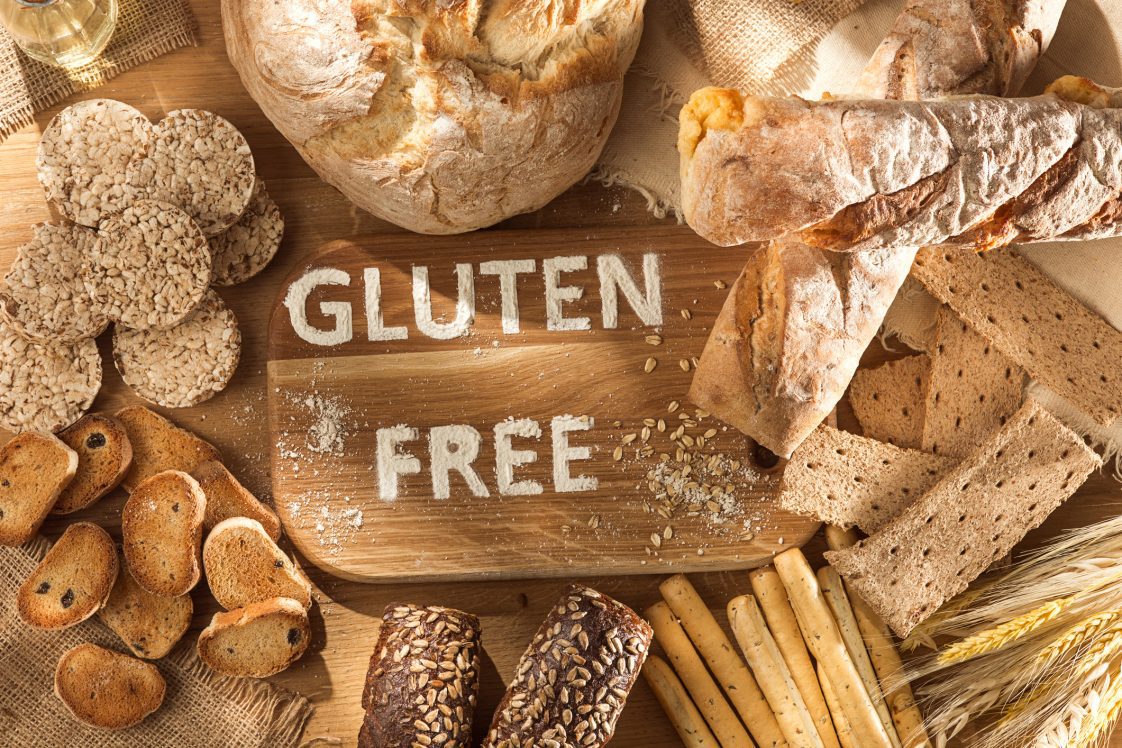Health & Nutrition

Gluten-free diets get a lot of news coverage and for good reason. Adhering to a gluten-free diet can be life-changing for those diagnosed with celiac disease. Celiac disease is a chronic gastrointestinal condition where the small intestine becomes damaged due to the consumption of gluten. Gluten—a protein found in wheat, barley, and rye—triggers an immune response in individuals with celiac disease. This immune response damages the lining of the small intestine, making it difficult for the body to absorb nutrients properly.
Managing Diabetes on a Gluten-Free Diet
Avoiding grains with gluten and consuming a gluten-free diet is typically prescribed for those diagnosed with celiac disease. However, there is a growing number of individuals adopting gluten-free diets to manage their diabetes. Consuming a gluten-free diet may seem logical for the 6 percent of the population diagnosed with both type 1 diabetes and celiac disease. However, this adoption does not work easily for those who have been diagnosed with diabetes.
For example, a gluten-free diet may not be necessary for individuals diagnosed with type 2 diabetes and could cause additional issues. Food products that are labeled gluten-free can still contain large amounts of carbohydrates that can affect blood glucose levels in diabetics. It is crucial for individuals with diabetes to carefully read food labels and choose gluten-free options that are low in sugar and high in fiber. High-fiber foods help slow down the absorption of glucose into the bloodstream, minimizing blood sugar spikes. The following are additional health tips for managing diabetes while being gluten-free:
- Opt out of trending diet advice. Speak with your physician and/or dietitian about a meal plan that works for your individual needs.
- Read food labels. Food labels can give you details on the contents of the food that will help you manage diabetes and celiac disease.
- Look for add-ins. Many diets focus on what you cannot eat, so look for food groups that you can add to your healthy eating pattern. Fresh fruits and vegetables, lean meats, low-fat dairy products, and high-fiber grains like wild rice, quinoa, and mullet are great healthy meal pattern add-ins.
More Information
Visit www.aces.edu for more information on healthy eating.

